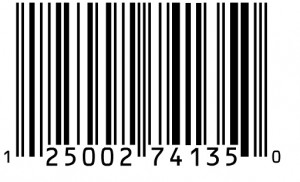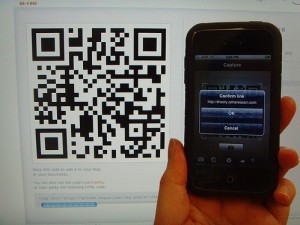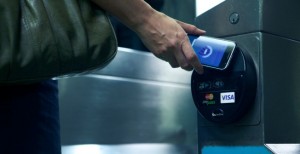This is a classic example of how fast technology world is changing in search for the better and the faster life. How many of you actually used the QR codes even once to get further information on a product or service? The QR code is already on its way out (as has been the buzz). What’s replacing QR Codes? There is something called near-field-communication (NFC) chips…
Let us understand the technologies in the order we have used them and are going to use:
Bar Codes -> QR Codes -> NFC Chips
Bar Codes – You might have come across the use of BAR Codes on each and every product you buy from supermarket while checking out of the store. Its a linear or 1 dimensional representation of Data in the form of parallel liines with varied widths. A Bar codes once scanned will give information about the product for billing which has automated the tasks and provide important information about the inventory.
QR Codes – also called as matrix barcode (2D) or Quick Response Codes. The only change that QR Codes brought is the fast readability and comparitively large storage of data in it. Its usage was more than that of Bar Codes in the sense that you can get almost all the updated information about that specific product of the brand including user reviews and special offers.
NFC – Near-Field-Communication chip works on RFID (Radio-Frequency Identification) Technology, wherein radio waves are used to transfer data from an electronic tag attached to an battery run object (primarily a mobile phone). Now NFC is not only smarter in terms of being faster and being able to handle much larger capacity of data but also there is no need to take your device to scan the code. RFID Tags can be read from several meters away and beyond the line of sight of the reader. it also enables parallel bulk reading, unlike earlier codes where user had to scan one code at one go. A smartphone or tablet with an NFC chip could make a credit card payment or serve as keycard or ID card. NFC devices can read NFC tags on a museum or retail display to get more information or an audio or video presentation. NFC can share a contact, photo, song, application, or video or pair Bluetooth devices. More on NFC and its possible applications – Read Here
Marketers would be mostly interested in the deployment probabilities of NFC and how well it gels well with consumers. It all depends on the business case it carries for brands, retailers and most importantly the experience it initiates for the consumers. Any technology will not be a hit just because its available. If only consumers say that they are loving it, it can be made that they start living it. What we are talking about is the integration of NFC with the mobile technology, media which is growing much faster than any other media. Mobile formats (SMS, QR Code, image recognition, audio recognition or NFC) enable end customer to initiate an interaction with a commercial interest.
NFC’s adoption is indisputable, only delay would be to decide on the standards and formats based on its usage. Although its already deployed in Asian markets, NFC’s use is capricious for the most part of marketers and users in terms of the value proposition it will carry, hence there is still a delay in adoption in the biggest internet/mobile market, the US.
What else is changing, to change the way you and me live?? 🙂






